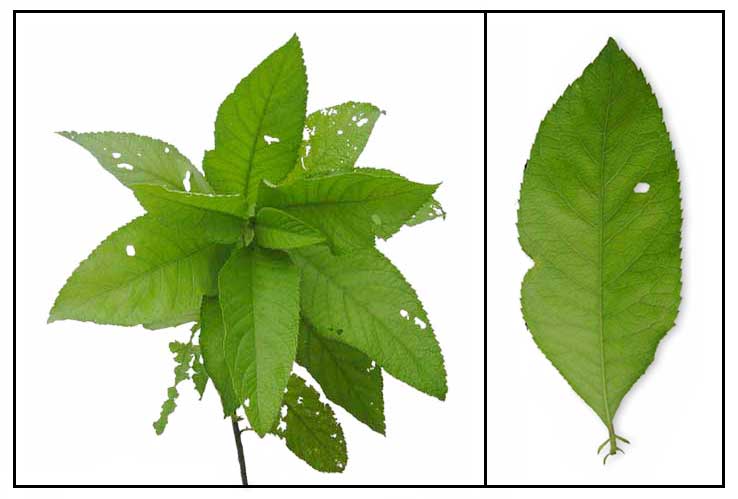The infectious diseases of the respiratory tract that are associated with the rainy season are usually transmitted by droplets or by direct contact with objects that have been contaminated with the secretion of infected people.
The common cold is a generally benign and self-limiting infection of the nose and upper respiratory tract that is caused by many different viruses. The flu on the other hand, has more severe signs and symptoms than the common cold. It is also a viral infection, but the viruses that cause it are the influenza type A & B viruses, which frequently mutate and add new pathogenic strains to the influenza viral pool. The newest addition to the influenza viral pool is of course the much celebrated influenza A (H1N1) virus. The other upper respiratory tract infections that occur during the rainy season are likewise generally benign, but as in the case of flu and even the common cold, they sometimes complicate - pneumonia and bronchitis and become life-threatening.
< The common cold is a generally benign and self-limiting infection of the nose and upper respiratory tract that is caused by many different viruses. The flu on the other hand, has more severe signs and symptoms than the common cold. It is also a viral infection, but the viruses that cause it are the influenza type A & B viruses, which frequently mutate and add new pathogenic strains to the influenza viral pool. The newest addition to the influenza viral pool is of course the much celebrated influenza A (H1N1) virus. The other upper respiratory tract infections that occur during the rainy season are likewise generally benign, but as in the case of flu and even the common cold, they sometimes complicate - pneumonia and bronchitis and become life-threatening.How to overcome cold and flu during rainy season? Just boost your immune system! We often heard that prevention is the best medicine; take these tips to boost your energy before the cold or flu strikes.
1. Eat veggies that are packed with beta-carotene, which our body turns into Vitamin A. Vitamin A strengthens cells and helps them defend against invading bacteria. So load up on beta-carotene laden carrots, squash, sweet potatoes and spinach. These veggies also contain Vitamin C, an immunity support.
2. Soup up your immunity. Eat or drink plenty of soup. When we slowly simmer foods over low heat, we gently leach out the energetic and therapeutic properties of the foods, preserving the nutritional value of the food and making it easier for our body to assimilate the nutrients.
3. Studies show that our immune system function drops by an average of 60% after just three nights of poor sleep, so we really need plenty of quality rest, at least sleep eight hours each night.



